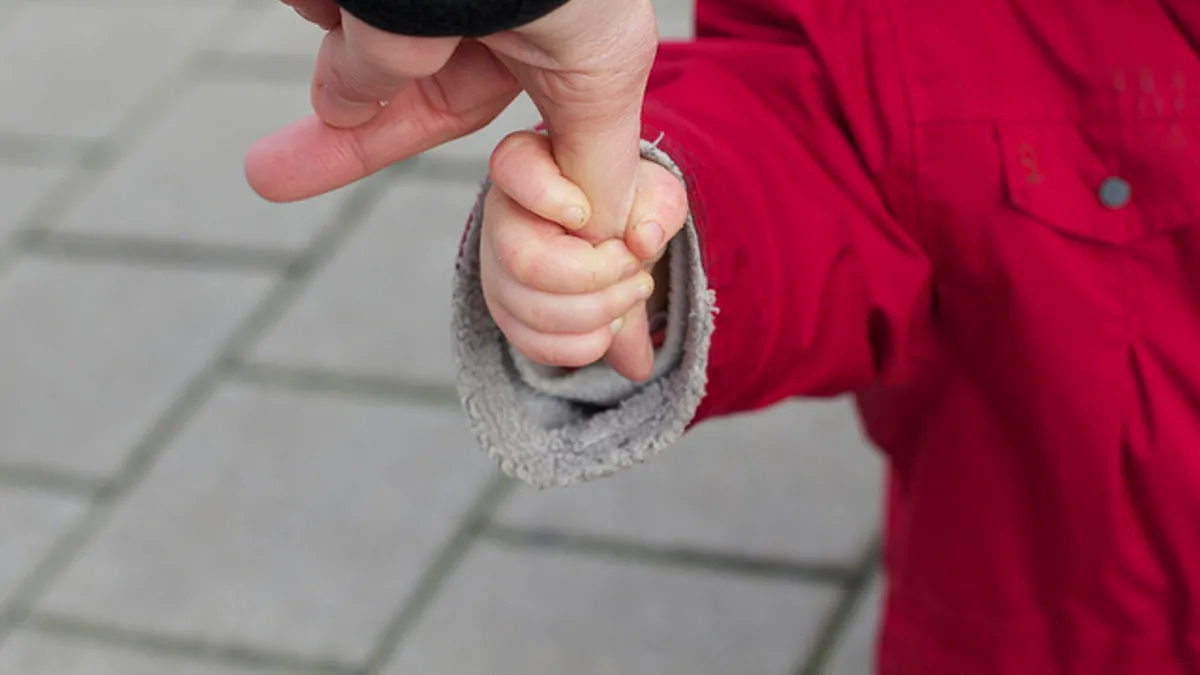Dive Brief:
- After Ernst & Young (EY) equalized its parental leave program, giving new fathers 16 weeks of paid leave, both the number and percentage of men taking the full leave more than doubled in two years, the company told HR Dive via email.
- According to EY, new dads also took longer leave in general in 2018. The percentage of fathers who chose three or more weeks of parental leave rose from 45% in 2016 to 60% in 2018, EY said.
- The company also noted that turnover among female employees has declined. Turnover for women 15 years ago was 15% higher than men's; the difference is now between 0% to 2%, which EY attributes at least in part to the leave program.
Dive Insight:
Leveling the playing field by extending parental leave benefits to both men and women can be a boon to both. When men get equal leave, women are less likely to be saddled with the lion's share of caregiving responsibilities or punished professionally for taking maternity leave.
Employers that believe the parenting burden should not fall solely to mothers are more likely to open paths toward advancement to more working mothers, which may improve female representation in the C-suite and other leadership positions. Because paid family leave is one of the most in-demand benefits in the workplace, updating policies also could keep employers from losing valuable talent to competitors who have already adopted longer, gender-neutral policies.
Equalizing paid parental leave benefits is an extension of EY's Belonging Barometer, which ties feelings of belonging to greater productivity, engagement, innovation and workers' well-being. Talent pros and HR leaders may find some ideas in this holistic approach to creating a culture of inclusion; restructuring paid parental leave policies could be a start to improving culture overall and ensuring all workers feel respected and valued for their contributions.














